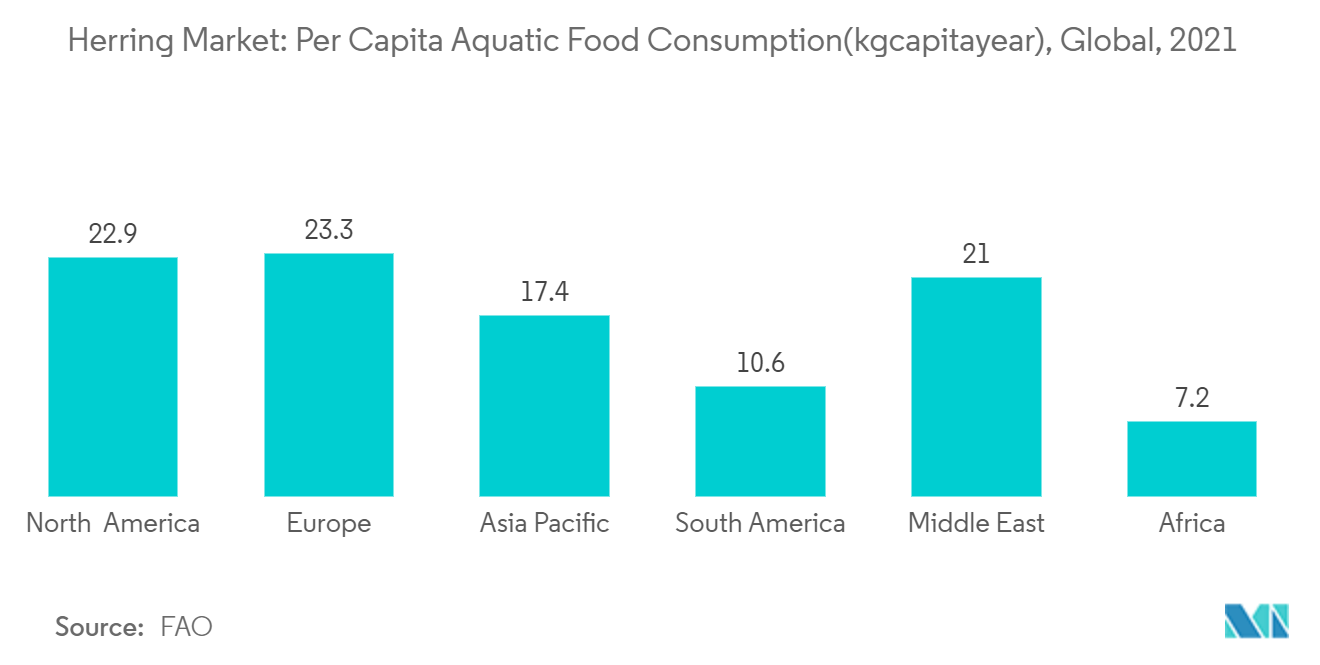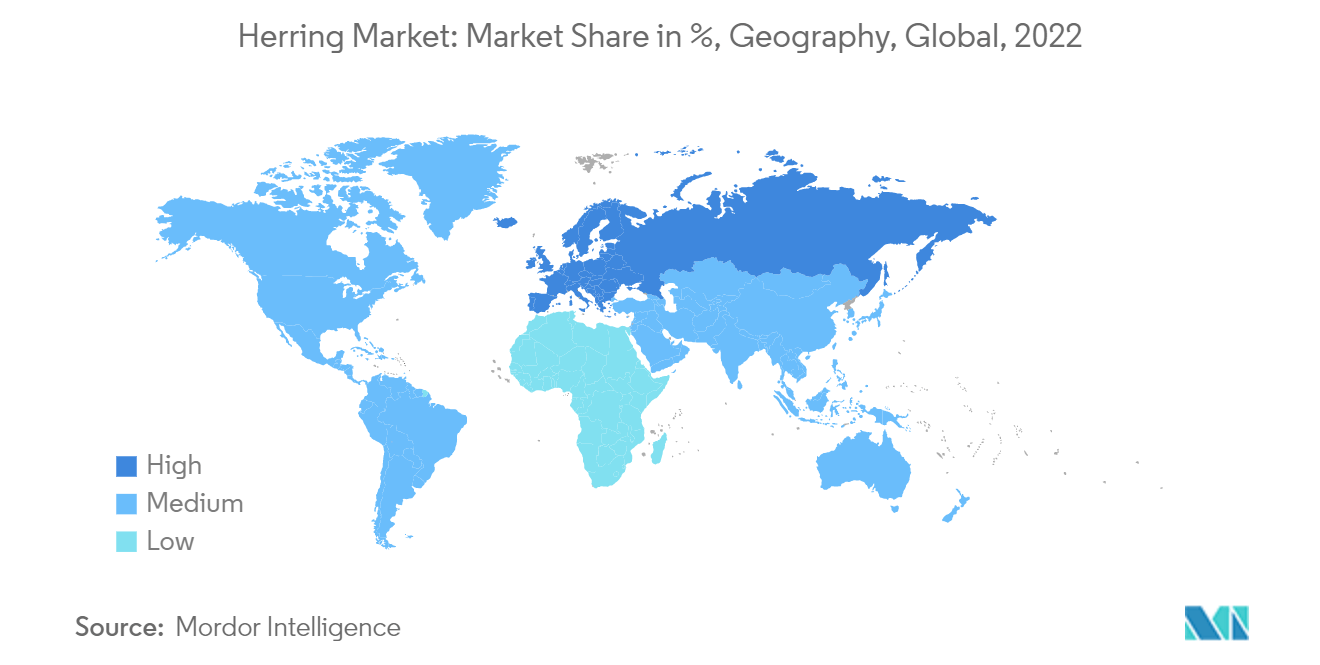Market Trends of Herring Industry
The Emergence of Online Fish Markets and Health Benefis
There is a steady rise in the e-commerce fish marketplace that has gained momentum with the rise of e-grocery and the advent of new cost-effective freezing technology. A rising number of consumers worldwide do not prefer to visit the traditional messy fish markets to buy fish and buy fish at their own convenience while sitting at home.
Online fish markets can provide consumers with greater access to sustainably sourced seafood. Many of these platforms partner with small-scale fishermen and aquaculture producers who use responsible fishing practices to minimize their impact on the environment. This set of customers is a lucrative market that is increasingly being targeted by online fish retailers. Herring fish manufacturers across the world can increasingly benefit from the online market and reach a broader circle of consumers, which will further boost the market in the forecast period.
Lean protein is very well-provided by herring. Herring has a high protein level and is also rich in many other essential elements, like Omega-3 fatty acids. It is known to improve heart health by decreasing triglyceride and VLDL levels and increasing HDL levels. It is also a good source of selenium, vitamin D, and E, which function as antioxidants and boost bone health. These factors drive the consumption of herring fish due to increasing health concerns among consumers across the globe.

Europe Dominates the Global Market
Europe is the leading consumer of herring fish in the world. Due to its occurrence in abundance in the North Atlantic, Baltic, and the North Sea, herring fish is increasingly caught and consumed in Europe, where it is considered a staple fish for over 2000 years. Besides being inexpensive, herring is also a rich source of omega 3 fatty acids, and owing to its relative ease of production and longer shelf life achieved through pickling and marination, it has become a popular fish in both the rich and poor households of Europe. Netherlands, Denmark, Sweden, and Germany are major herring fish markets in Europe. In Sweden, the Baltic herring is fermented to create Surstomming, which is a delicacy in northern Swedish cuisine.
Europe's dominance in the herring fish market can be attributed to several factors, including a long history of herring fishing, well-developed infrastructure for processing and distribution, and a strong culinary tradition that values herring as a nutritious and versatile food source.
Herring is considered a traditional staple fish in the European region. The desire to conserve this tradition but limited time availability due to increasing urbanization has driven commercial adoption of herring in Norway and Poland Especially. Overall, the market is pretty much established in this region and will grow at a steady pace in the forecast period.


